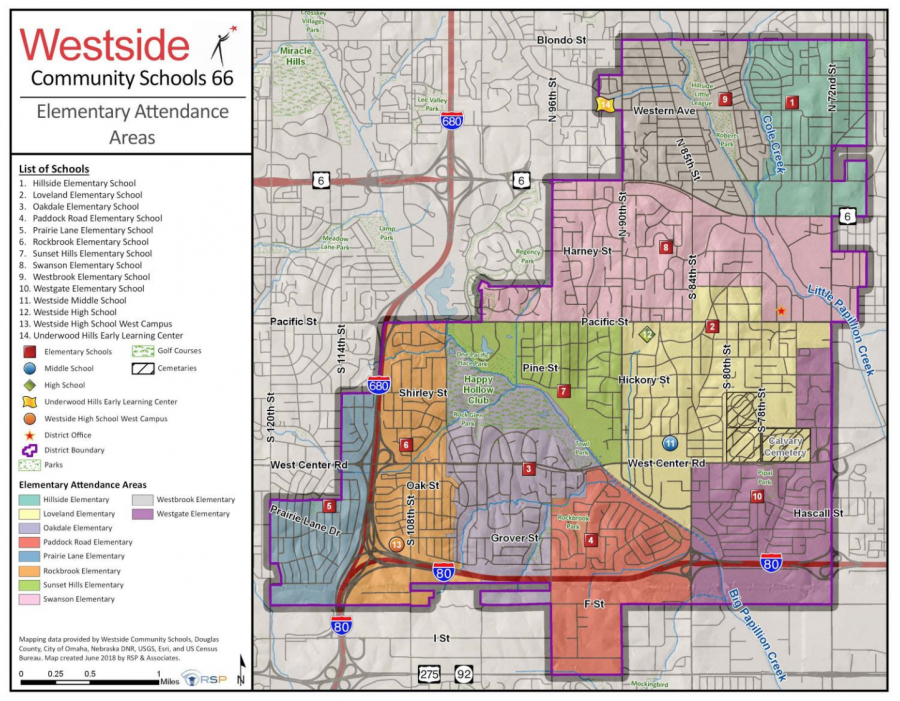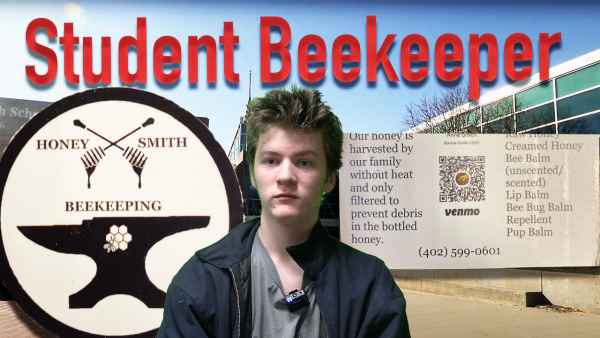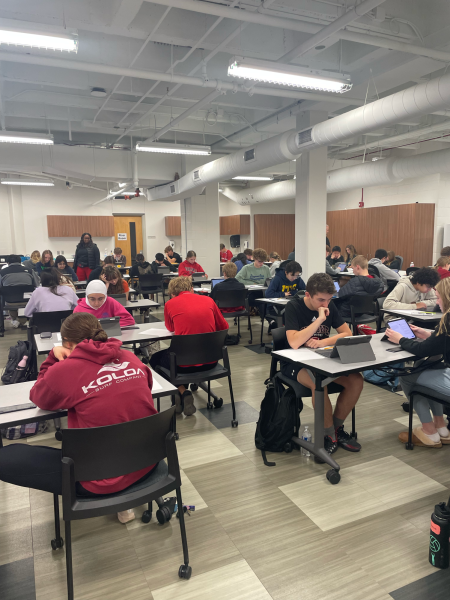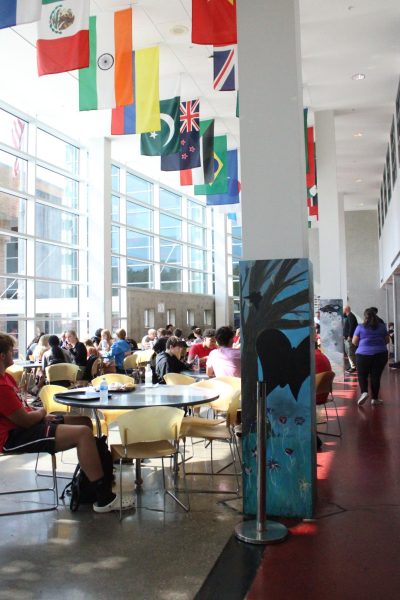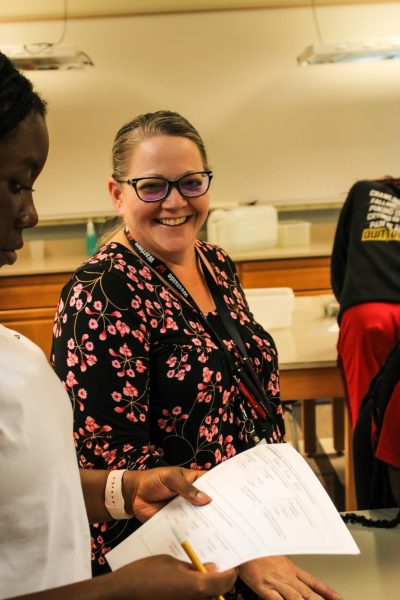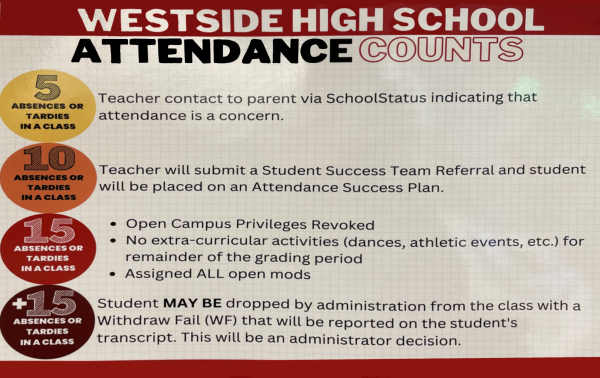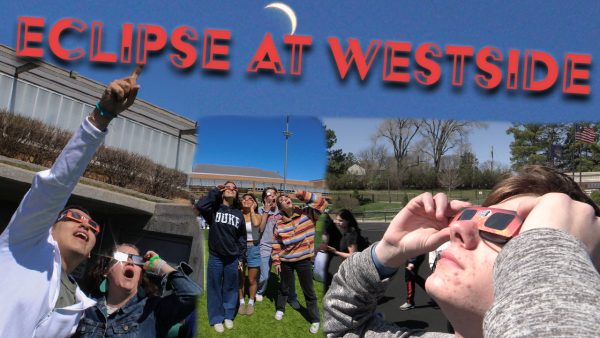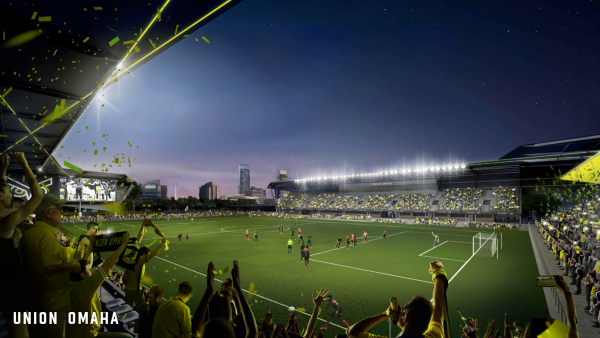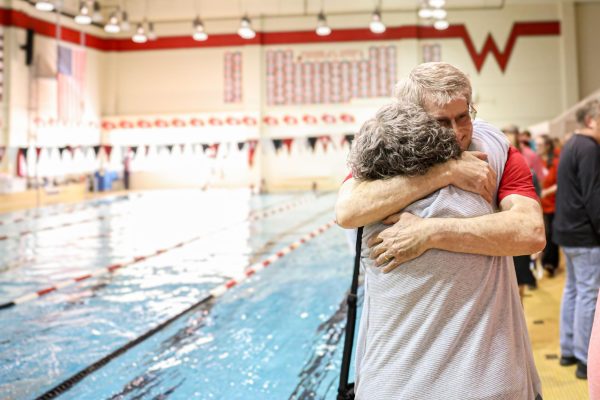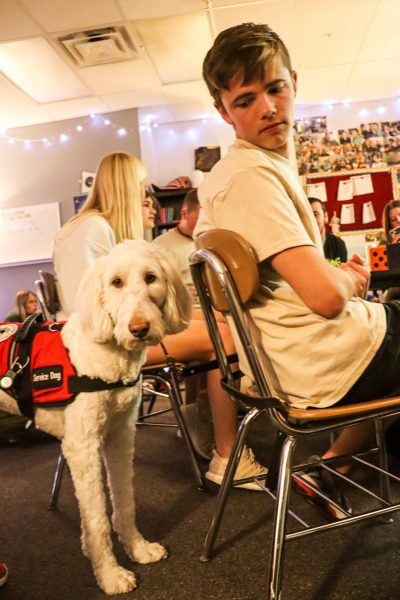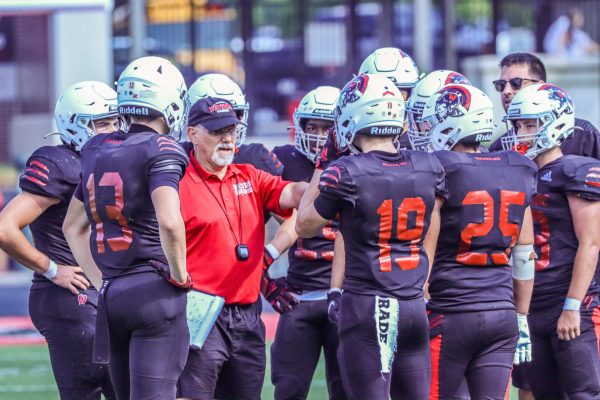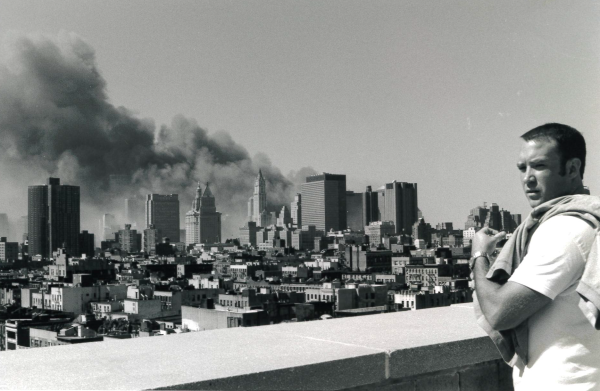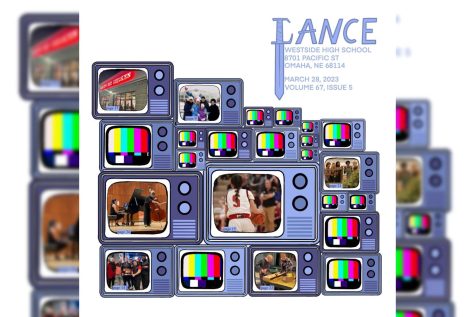Redrawing the Line: Westside Redraws District Boundaries
The Boundary Engagement Process is a series of discussions revolving around the borders of several elementary schools. The process’s main goal is to balance district enrollment by changing the boundaries of certain elementary schools.
Balancing district enrollment means keeping overcrowding at a minimum in the elementary schools. The schools that would be most affected by these changes are Swanson, Loveland and Sunset, which was recently reopened. The original school could only house 150 students but the new school can hold up to 300, doubling the size of potential enrollment.
“We planned back in 2014 that we were probably going to have to redraw boundary lines because we don’t want this new beautiful school and [to] sit empty without children to fill those classrooms,” said Brandi Paul, Director of Communications and Engagement for Westside Community Schools.
The process began when there was a facilities study done of all of the schools in the district to determine the renovations that were needed for each school. The study addressed the issue of overcrowding in some schools and what to do about the problem. At first, there were two options presented: to eliminate the Loveland school because of lack of land or have Swanson become a three-sectioned school rather than a two sectioned one. This means to have three classes per grade instead of two.
“Both of those proposals were met with a lot of concern from our residents,” said Dana Blakely, President of the Westside Board of Education. “They were not very popular suggestions.”
Another option that was brought up later was to take Sunset from a one sectioned school to a two sectioned school by completely rebuilding it. At the same time, Swanson would be rebuilt as a two-sectioned school and district boundary lines would be redrawn. This option was chosen in 2014 by the Westside School Board because it appealed the most to the community according to Blakely.
“Here we are four years down the road, and we finished the school at Sunset and we are building the school at Swanson,” Blakely said. “The line needs to be redrawn so the populations at the buildings do what they were intended to do, which was to alleviate some of the overcrowding.”
According to Paul, the process came with a lot of deliberation. Last year, the board did not have a successful attempt at determining the boundaries. Some community members said they felt like they weren’t being included in the process and in the final decision-making. This caused the board to rethink about the process.
“[The board] stopped and they said, ‘Okay, we’re going to circle back, reevaluate, maybe bring on an advisory team,’ which we have done in the fall, and we will start this discussion again,” Paul said.
The advisory team, RSP and Associates, was included in the process because the board said they wanted to make sure the right decision was made for the students. They will use Geographic Information Systems (GIS) data to help project future enrollment of these schools. A timeline was also created to help community members become more aware of the process and how they can be involved. In addition to this, several meetings will be conducted, including two public forums.
“We decided as a board to hire a consulting firm to help us create a process with a timeline and a message in order to engage the right people,” Blakely said. “The people who would be impacted, will come together and make a decision in the best interest of the students.”
There are also several community members from the affected schools who will make up committees to help to make the decision. They will be in charge of understanding and evaluating the scenarios, such as how the boundary should be redrawn and how they would affect the district. They will make their decisions based on community values. The committees then make a recommendation to the Board of Education.
A Boundary Committee meeting took place on Sept. 20. The feedback from community members was generally positive.
“I think that [the district] is on the right path to get the community engaged and look at the data and figure out what will be best for all elementaries involved,” said Cathy Haney, Chairperson of the District Outreach and Advocacy Committee.
Haney’s children went to Loveland and she said she is anxious to continue the process. Former Westside School Board candidate Sean Conway said he is glad that the community is involved. He also attended the Boundary Committee meeting.
“I think it’s good to get the community involved and get their opinions and their thoughts in being in those affected neighborhoods,” Conway said. “It’s pretty vital for the district…Even if we are not affected, it’s still important as a Loveland school member, as a Swanson school member and a Sunset school member to participate.”
One of the major issues is what will happen to students currently enrolled in the affected schools after the potential boundary changes. For example, if a student was enrolled in Swanson and after the process is now in the Sunset zone, the community wanted to know if the student could continue their education at Swanson. There is a suggestion that there could be a grandfather clause, which would allow all students to remain at the school they are currently attending.
“Last spring, Dr. McCann made very clear that there would be a grandfather clause and that is something that will likely come up in discussion,” Paul said. “We don’t really know any of that yet. All of that’s on the table.”
In the end, the Boundary Engagement Committees will make a proposal to district leadership and the school board. Those parties will then decide what actions to take.
“We also hope that people come into this process with an open mind and try and remember that we’re all trying to do something with one goal in mind, and that is what is best for all of the kids in our district,” Paul said.
Your donation will support the student journalists of Omaha Westside High School. Your contribution will allow us to purchase equipment and cover our annual website hosting costs.


